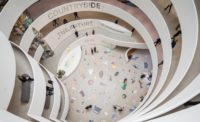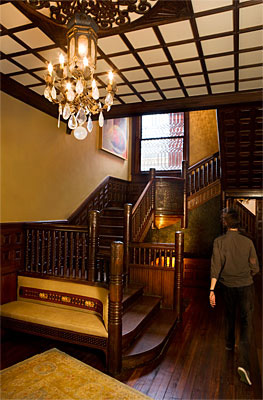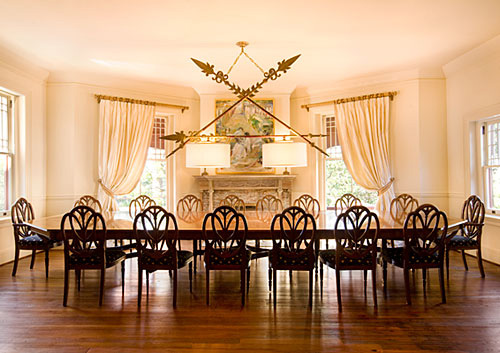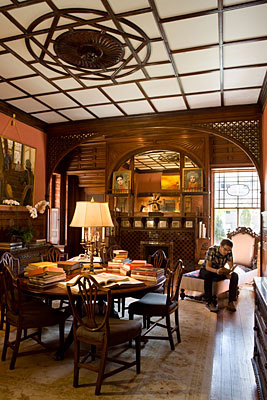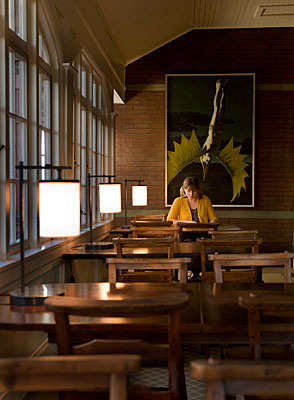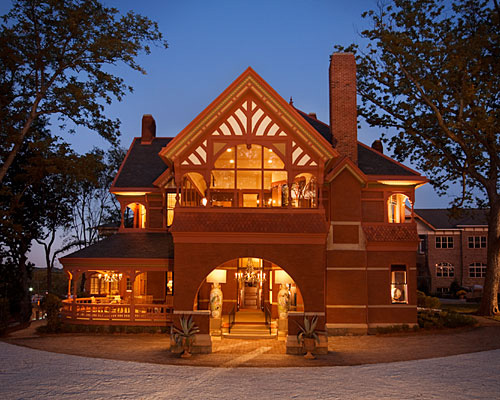SCAD Comes to the Rescue of Atlanta's Ivy Hall

SCAD Comes to the Rescue
Exterior
Photo courtesy SCAD/Chia Chong

SCAD Comes to the Rescue
Smoking Room
Photo courtesy SCAD

SCAD Comes to the Rescue
Main Staircase
Photo courtesy SCAD/Chia Chong

SCAD Comes to the Rescue
Conference Room
Photo courtesy SCAD/Chia Chong

SCAD Comes to the Rescue
Dining Room
Photo courtesy SCAD/Chia Chong

SCAD Comes to the Rescue
Living Room
Photo courtesy SCAD/Chia Chong

SCAD Comes to the Rescue
Library
Photo courtesy SCAD

SCAD Comes to the Rescue
Parlor
Photo courtesy SCAD

SCAD Comes to the Rescue
Porch
Photo courtesy SCAD/Chia Chong

SCAD Comes to the Rescue
Exterior
Photo courtesy SCAD/Chia Chong











